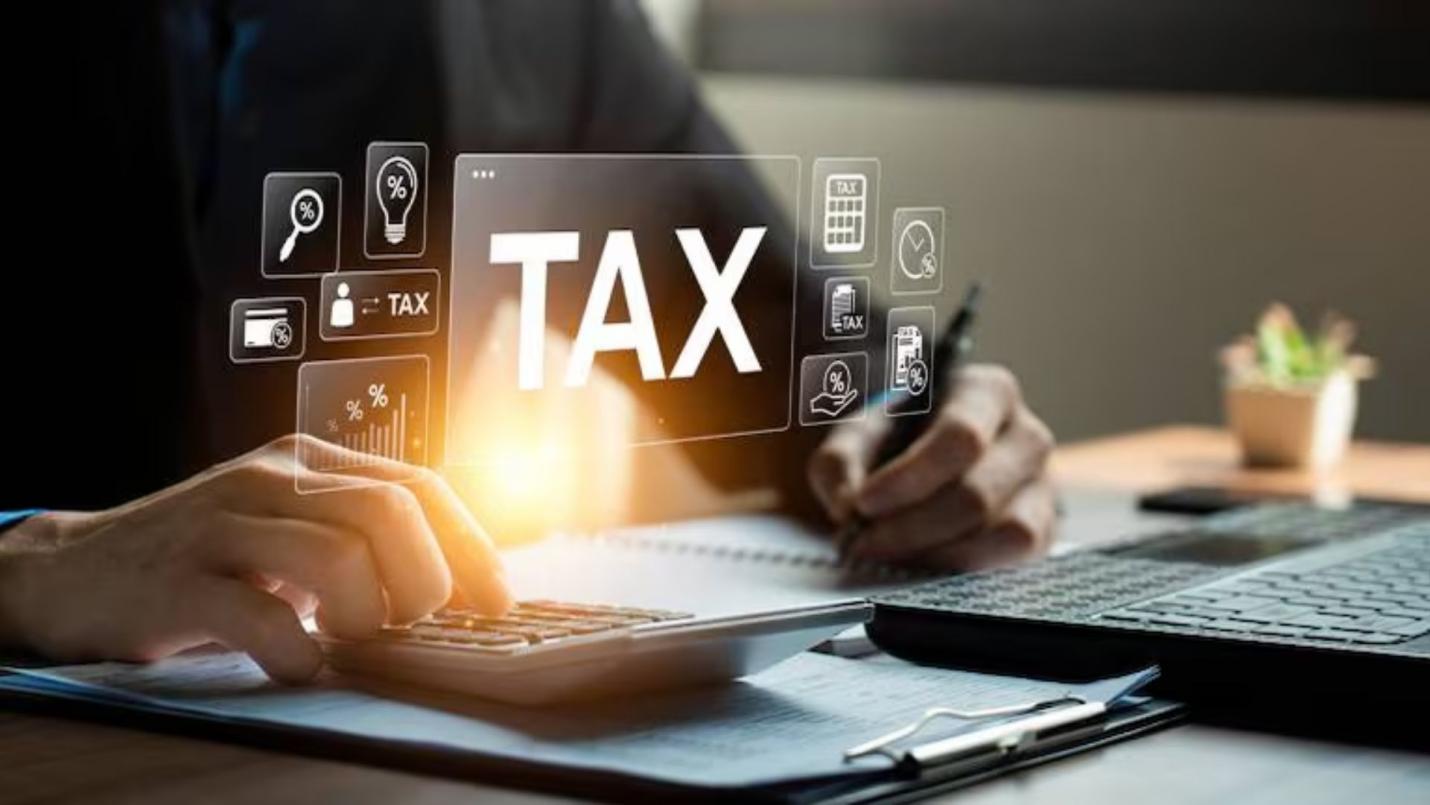
While operating your business independently means more freedom, it also has its tax considerations. Since they need the stability of a formal 9 to 5 job, the self-employed must ensure they manage their taxes well. Fortunately, several tactics are available to help you pay as little tax as is legally possible while still earning as much as possible. Below are some of the excellent ways that can be used by anyone self-employed for tax purposes.
1. Maximize Retirement Contributions
The apparent trick that can help minimize tax remittance is to set up retirement savings accounts targeting self-employed persons. Schemes such as Solo 401(k), SEP IRA, SIMPLE IRA, etc. enable you to contribute highly and are tax-efficient. These contributions cut down your taxable income and help you prepare for the future. This means that the greater your contribution, the lower your tax returns will be.
2. Deduct Business Expenses
Being self-employed means taking an expense considered appropriate, helpful, and directly related to your business. These expenses can be office supplies, hardware and software, business travels, or even a part of a home office if you work from there. One important thing to note is that carrying an extensive record and receipt of all the expenses incurred by the business should be relevant when claiming these deductions. Another avenue that can be taken is ensuring that by minimizing all costs, you can significantly reduce your overall income, which is liable to taxation.
3. Qualified Business Income Deduction

As we know, QBI deduction is one of the most favorable provisions in the Tax Cuts and Jobs Act that sole proprietors and owners of pass-through entities can avail of. The provision enables owners to deduct twenty percent of ‘qualified business income’ from their taxable income, and it is most advantageous when ‘net capital gain’ and ‘qualified REIT reasonable compensation on applicable PDFs ‘are paid and calculated, respectively.
The Tax Cuts and Jobs Act made available the so-called Qualified Business Income (QBI) deduction that permits self-employed individuals to reduce their taxes by as much as 20 percent of their qualified business income. This deduction is received in the event of income from a sole proprietorship, partnership, or an S-corporation.
4. Consider Health Insurance Premiums 
The insurance premium for medical care, which the self-employed person paid for them, the spouse, and dependents, is allowed as a deduction. This deduction is advantageous since it is taken ‘above the line,’ that is, it is claimed as a reduction in Adjusted Gross Income (AGI) and results in a lowered taxable income and, correspondingly, a reduced tax bracket, as well as enhancement of the prospects for receiving other tax credits and deductions. Make sure you save for the history of your premiums to benefit fully from this deduction.
5. Take the Home Office Deduction
Home office use is a deduction if you have a part of your home strictly for business. This credit lets you claim a specific percentage of the interest of a home mortgage, rent, utility, and other expenses related to the home. The IRS provides two methods for calculating the home office deduction: This is divided into a simplified method and a regular method. On the other hand, the regular method comes up with a more significant deduction but needs appropriate documentation for expenses.
Conclusion
Tax planning is crucial to everyone, especially self-employed workers who desire to reduce their tax payments to the minimum. To reduce your tax burden, make maximum contributions to your retirement plans, deduct all your business expenses, use the QBI deduction, consider health insurance premiums, and finally, use the home office deduction. To learn more about developments in tax laws and receive professional advice, you can go one step further to increase the efficiency of the above-mentioned tax-saving measures for self-employed persons.


